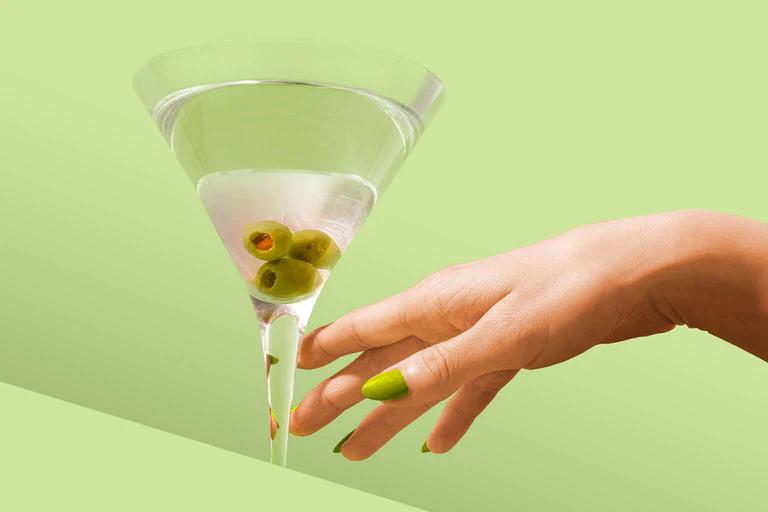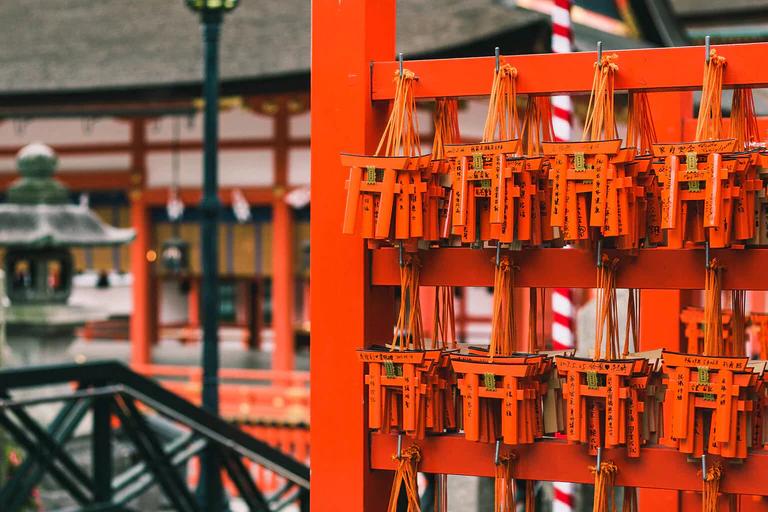In March 2023, Japan-based Tippsy members Azusa and Rina visited Mitsutake Brewing Company in Saga prefecture and spent half a day working at the sake brewery! Precious few sake breweries offer programs that let visitors actually participate in the sake brewing process in addition to touring inside the brewery, so this was a really valuable experience.
As we helped with the sake making tasks, we got to hear the “toji” (brewmaster) and brewing staff tell us their thoughts about sake brewing and the history of their local area. In the afternoon, a local guide took us on a tour of the surrounding area, making this trip a lovely way to build on our fondness for Mitsutake Brewing Company and the sake of Saga prefecture.
About Mitsutake Brewing Company
This brewery was founded in 1688, and has over 300 years of history. In addition to sake, they also produce shochu and gin. While they honor their long history and tradition, they also strive to brew sake with an eye on the next generation, and to that end, hired young toji Ryuichi Yoshida in 2015.
The sake brewing experience
This was a hands-on sake brewing program offered by the company Hands-on Local SAKE. This program is held at several breweries in the Kyushu region in winter, during peak sake brewing season. The work processes you get to experience change depending on the brewery’s schedule on the day you participate. Since Mitsutake Brewing Company doesn’t produce very large volumes of sake, there are a lot of tasks that are done by hand.
The day we visited, many of the tasks involved physical labor, which was somewhat difficult for us. But with the help of the brewing staff, we were able to see it through to the end and have fun. We were both sore the next day, and it turned out to be good exercise. Our tasks included:
- “Kamadashi” (removing steamed rice from a big, steaming tank)
- “Hōrei” (cooling the steamed rice)
- “Tome jikomi” (adding koji, steamed rice and water to a tank)
- “Kai-ire” (stirring the ingredients in the tank with a long paddle)
Kamadashi
We used shovels to scrape the steamed rice out of a large, steaming tank and transfer it to containers, which we carried to the brewing tank area using trolleys and a forklift. The aroma of the steamed rice filled the room, and a similar aroma can actually be perceived in the finished sake. The sake we helped work on was made with table rice grown in Saga prefecture, and since this rice is more viscous than sake rice, we were told that removing it with shovels was more difficult than it would be with sake rice. On this day, 390 kilograms (860 pounds) of rice was steamed!
Hōrei
We transferred the steamed rice from the containers to the cooling machine to bring its temperature down before adding it to the fermentation tank. The rice is spread out on a conveyor belt and cooled with fans. Cooling depends on ambient temperature, so the staff adjusts the speed of the conveyor belt accordingly. The rice that comes out of the cooling machine is dried out because its moisture has evaporated. It’s a little strange that even though the originally dry rice absorbed a bunch of water and was steamed, it had returned to a dry state — not unlike how it started. We put the rice that came out of the cooling machine into baskets and carried them to the fermentation tank.
Tome jikomi
Preparation of the sake mash is called “sandan jikomi” (three-stage preparation), because it is done in three steps with days off in between. On this day, we participated in the third and final stage, which is called tome jikomi. We started by adding rice koji to the tank, then we added water with a hose, and finally, the steamed rice. Carrying 390 kilograms (860 pounds) of rice by hand to add it to the tank is heavy labor!
Controlling the temperature is extremely important for making the mash in the tank ferment properly, so the brewing staff checked the temperature over and over, and when it was too high, they added ice cubes to bring it down. We visited in March, when the ambient temperature was warming up, so they had to add more ice than they would have if it had been the middle of winter. Carrying the steamed rice from the cooling machine to the tank was exhausting work, but we had the greatest sense of accomplishment when we made it to the end.
Kai-ire
In this step, we used a tool called a “kai,” a long pole with a small board at the end, to stir the fermenting mash. This was a task that required more strength than meets the eye, and our arms got really tired, but it’s an extremely important task for making sure that the mash ferments properly and uniformly. Since fermentation was already underway, sweet aromas of melon and banana floated up from the tank. We loved this task because it smelled so nice, and they let us work on this part over and over, resigning ourselves to our aching muscles.
This concluded our brewing experience for the day. Between each task, they also let us tour other parts of the brewery. Incredibly, the sake made in this tank can be sent to our homes later. We are beyond excited for it to arrive! At the end, we did a tasting of a few different sake in the brewery’s shop, rounding out a truly satisfying program.
About the brewing staff
It was impressive that all of the brewing staff at Mitsutake Brewing Company, not to mention the toji, seemed to sincerely enjoy brewing sake. The toji said, “It’s fun to learn by trial and error and discover new things to make even better sake.” His face lit up with a smile, his excitement spreading to those of us who were listening. The junmai sake we helped make is one of Mitsutake’s main products, but as of this year they are taking on the challenge of changing the yeast they use to brew it. We were deeply impressed by their approach of persistently taking on new challenges, rather than just receiving the know-how and recipes handed down to them.
They also have a sake called “Kimagure Dragon,” of which the toji makes just one batch per year in whichever style he most wants to try making; and another sake called “BOOST,” which the brewing staff (other than the toji) take turns planning and designing. Here, a culture has taken root that enjoys change and challenges, and we thought this might be the reason that the brewery has built a history of over 300 years.
Above all else, they were all truly friendly, kind and lovely people! They graciously watched over our faltering work, and carefully explained the meaning of each process and the characteristics of every Mitsutake sake. They really exceeded our expectations for this experience. Domo arigato gozaimashita!
Resources:
Hands-on Local SAKE
https://hands-on-local.com/
[Saga/Kashima | Mitsutake Sake Brewery] Real Sake Brewery Study Abroad With Brewery Experience, Tasting, the Sake Made by Yourself (720 ml)
https://studyabroad-sake.com/en/products/mitsutakesyuzojo
“Hizen Hamashuku: Historic breweries that house the world’s best sake.” Kyushu Tourism Organization.
https://www.visit-kyushu.com/en/see-and-do/gourmet-kyushu/hizen-hamashuku-historic-breweries-that-house-the-worlds-best-sake/















